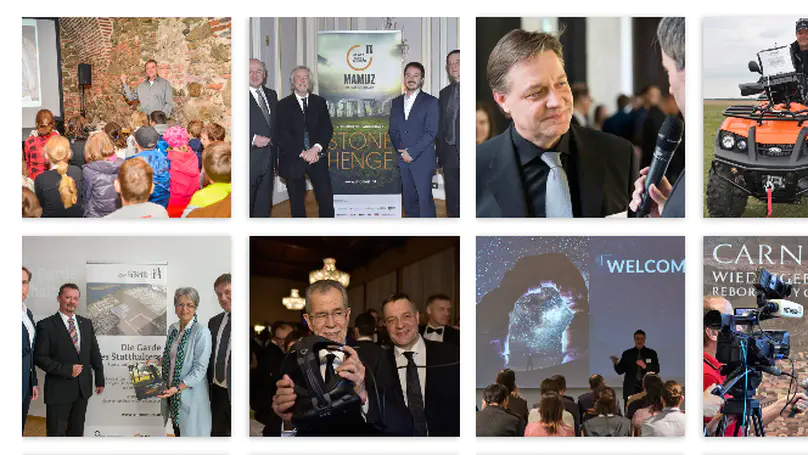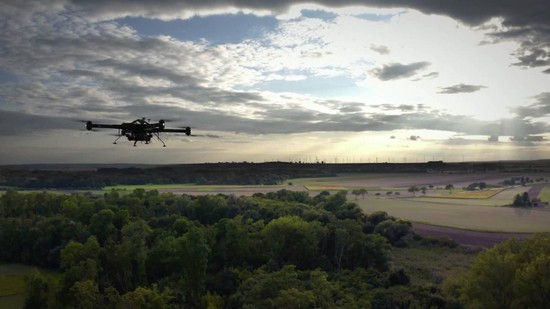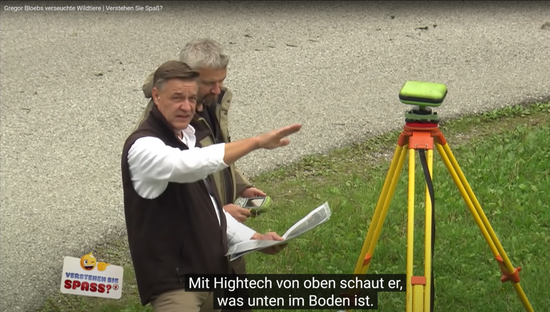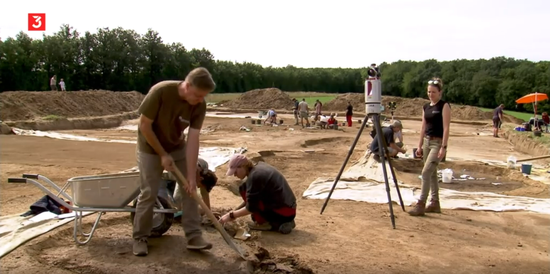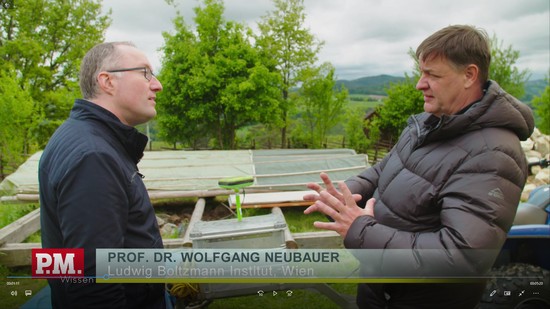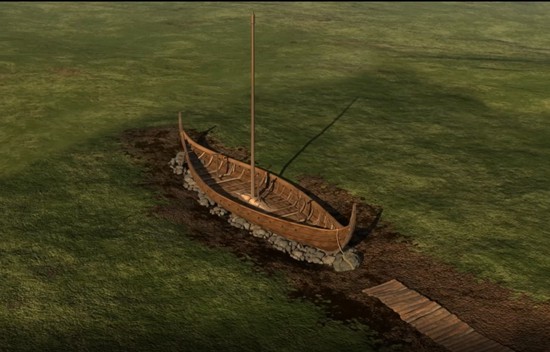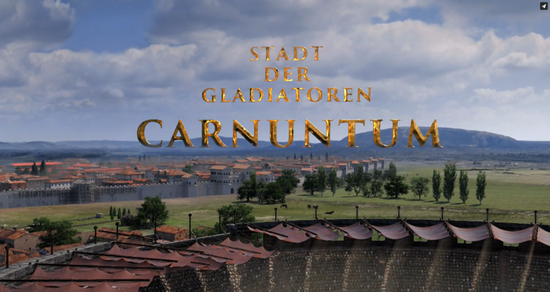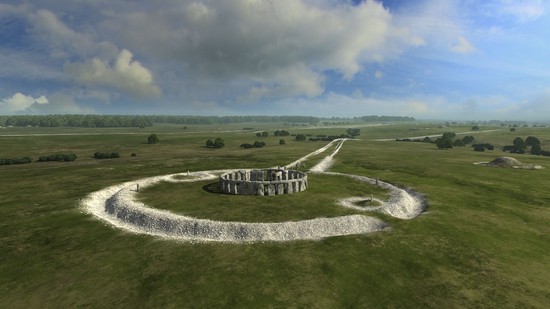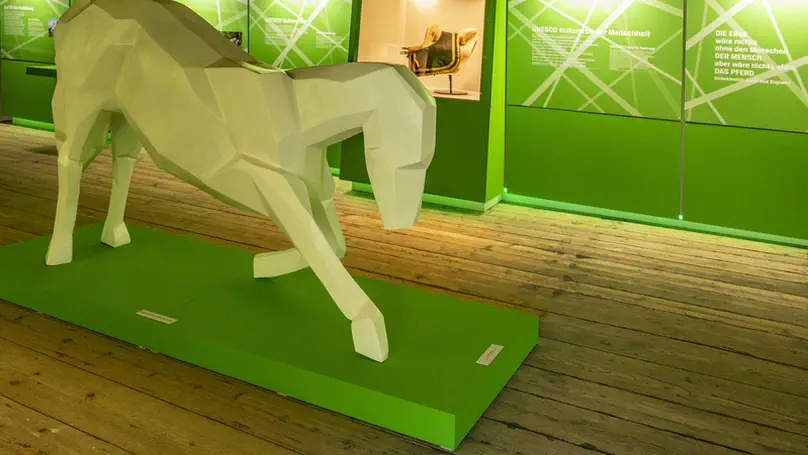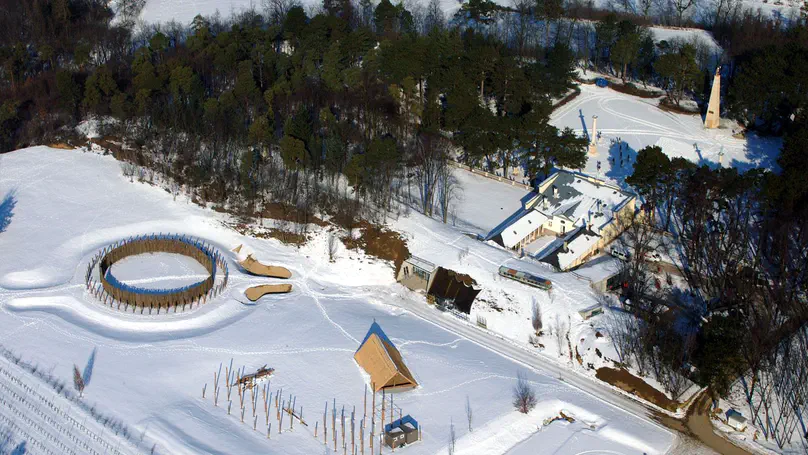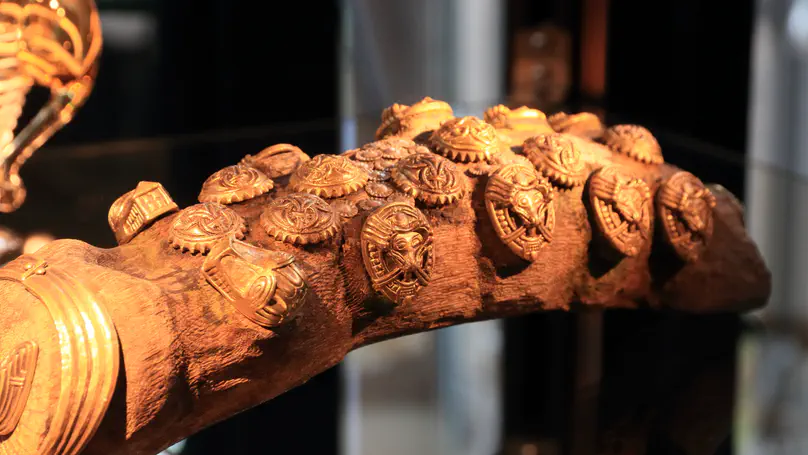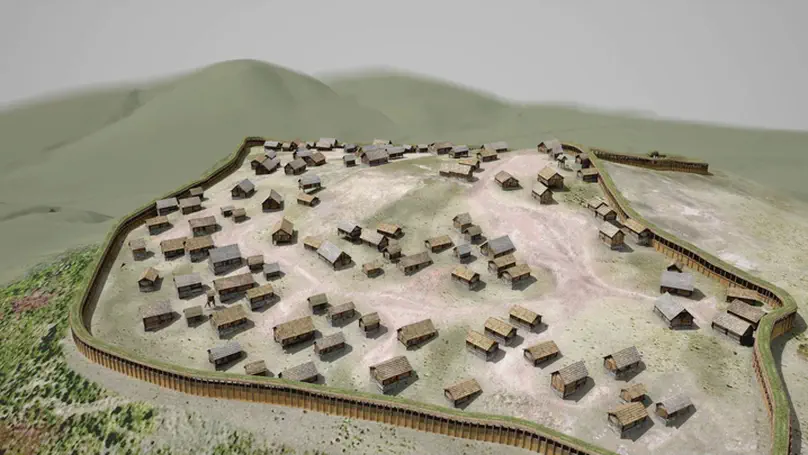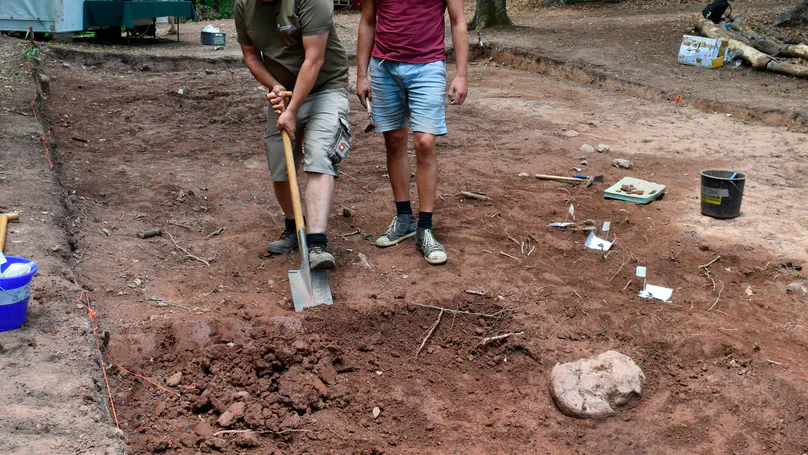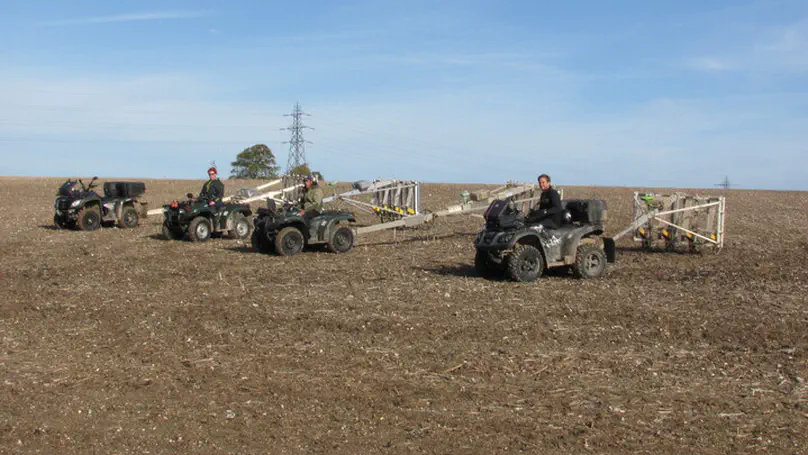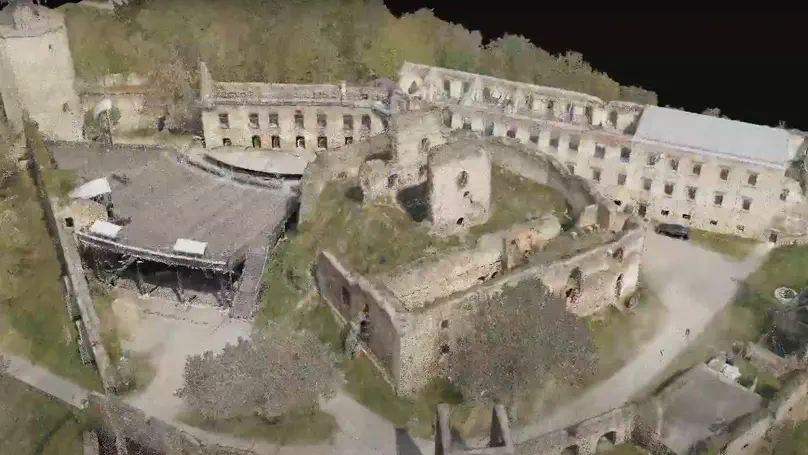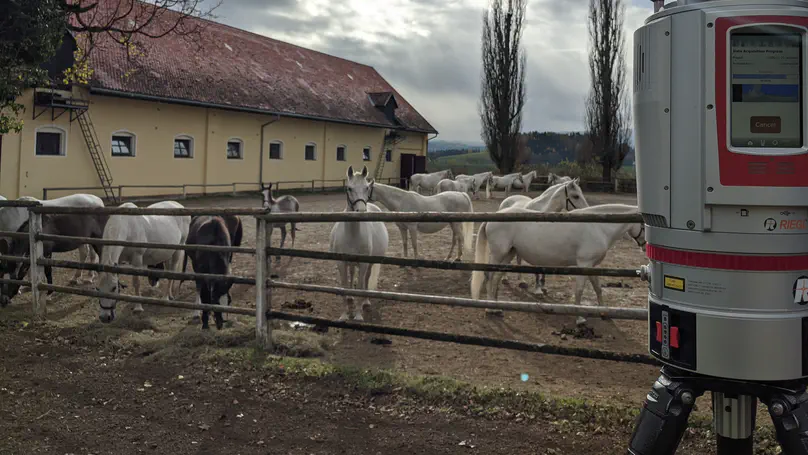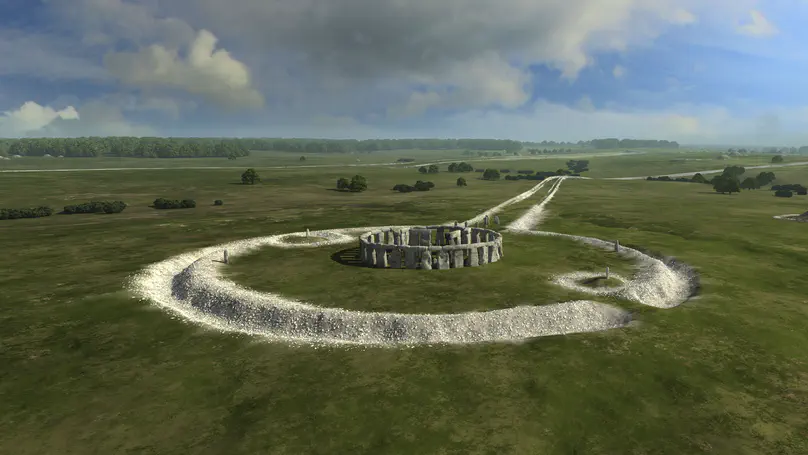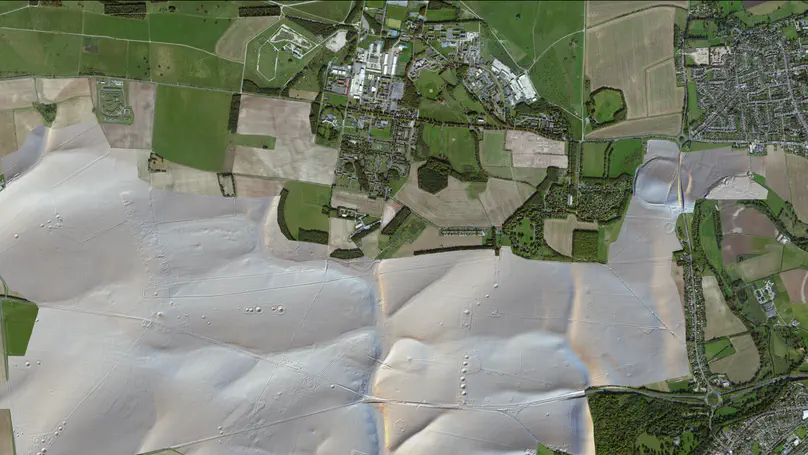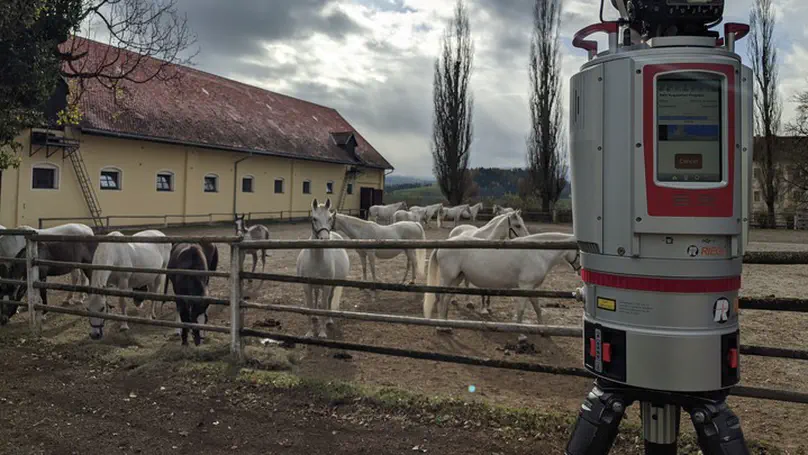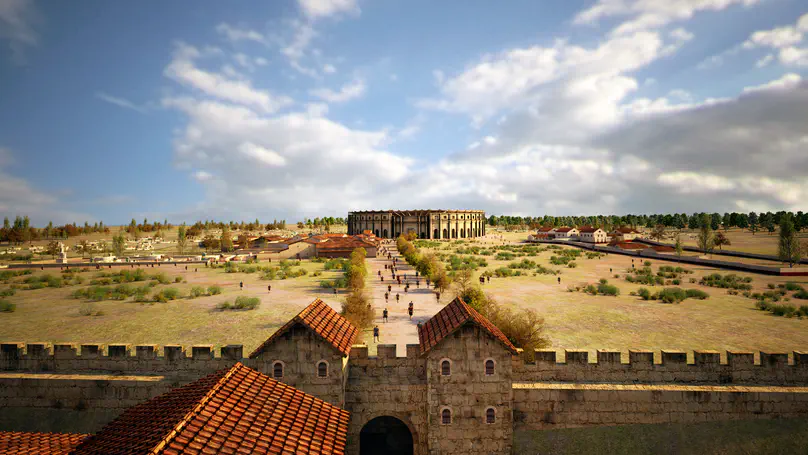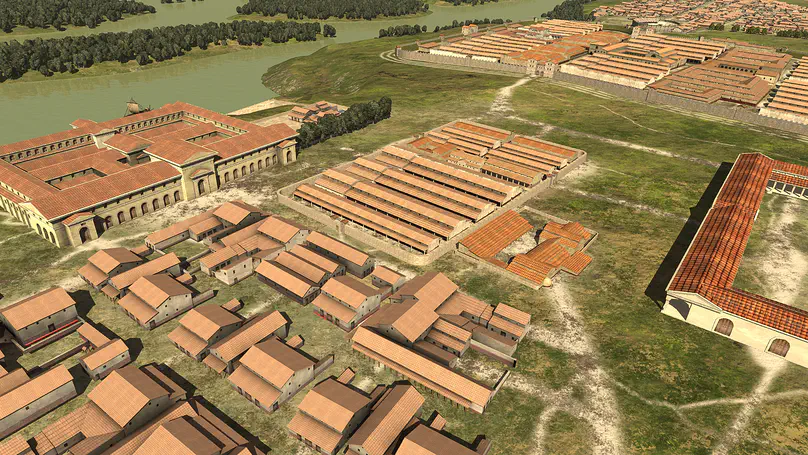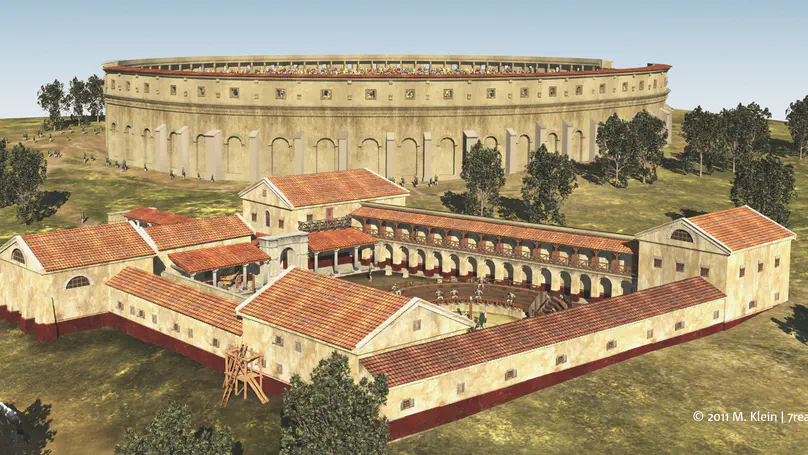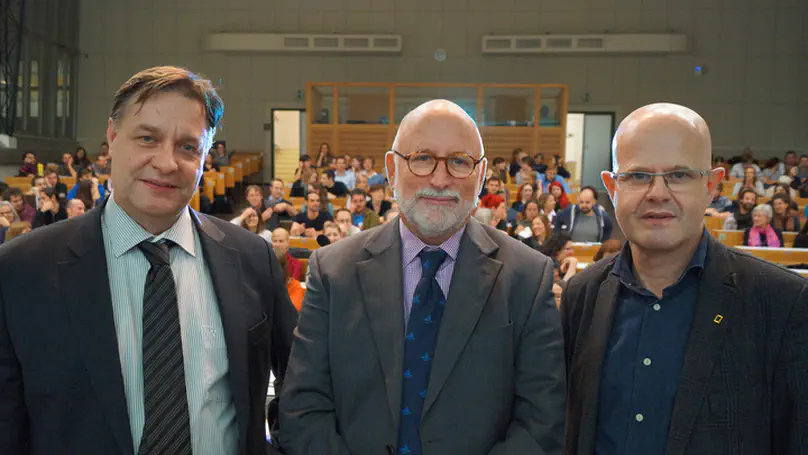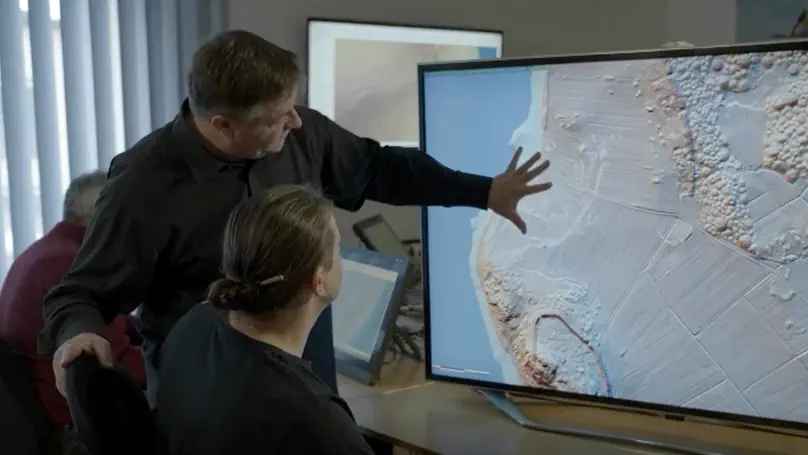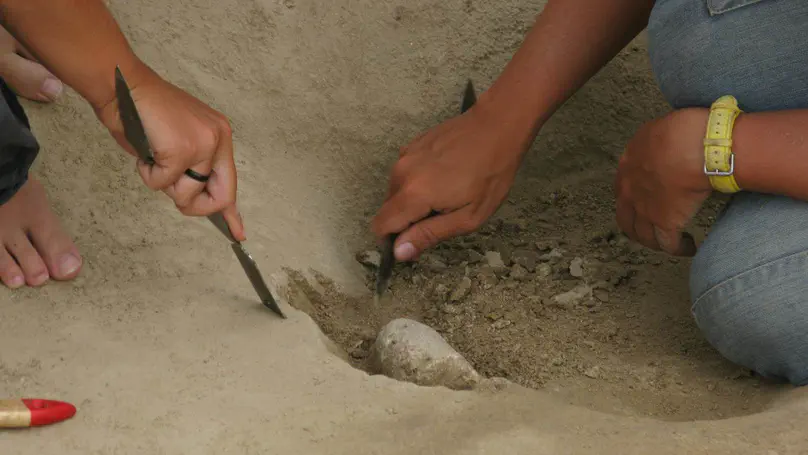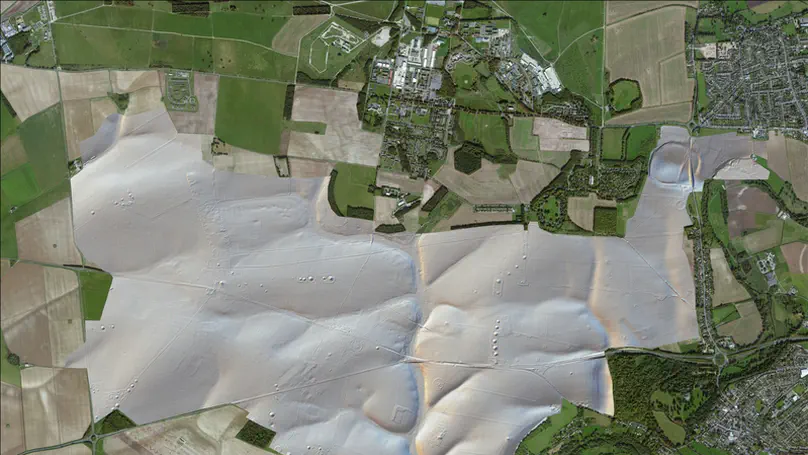Biography
Wolfgang Neubauer is director of the Ludwig Boltzmann Institute for Archaeological Prospection and Virtual Archaeology.
He was employed as Assistant Professor at the interdisciplinary excellence research platform VIAS and is teaching (Privatdozent) at the Institute for Prehistory and Early Mediaeval History (UFG) at the Universityof Vienna. He has been professionally involved in the development and application of advanced archaeological geophysical prospection and the integrated archaeological interpretation of prospection data for more than 15 years. He is a leading international researcher in the field of archaeological prospection, experienced in project management, fund raising, the coordination of research teams, the motivation of young researchers, and has proven his capabilities in a large number of scientific and popular publications and participation in numerous national and international projects and scientific events.
His educational background combining archaeology, archaeometry, mathematics, computer science and his long-term experience in archaeological prospection and excavation, as well as his recent work in Virtual Archaeology, qualify him for the management and scientific leadership of the LBI ArchPro. In 2008 he received the venia docendi at the Institute for Prehistory and Early Mediaeval History of the University Vienna for his postdoctoral lecture qualification (Habilitation) on “Interdisciplinary Field Archaeology”.
- Archaeological Stratigraphy
- Geophysical Prospecting
- 3D Laser Scanning
- Virtual Reality
-
Habilitation, Prehistoric Archaeology, Interdisciplinary Field Archaeology, 2008
University of Vienna
-
Dr. Phil., Prehistoric Archaeology, Magnetic Prospecting in Archaeology, 2000
University of Vienna
-
Mag. Phil., Prehistoric Archaeology, Archaeometry and Mathematics, 1993
University of Vienna
Skills
Honors
Experience
Science Communication
TV/Radio


Radio Interview at the OE1 ‘Mittagsjournal’
A short radio interview about the 2015 Scientist of the Year award.
Exhibitions
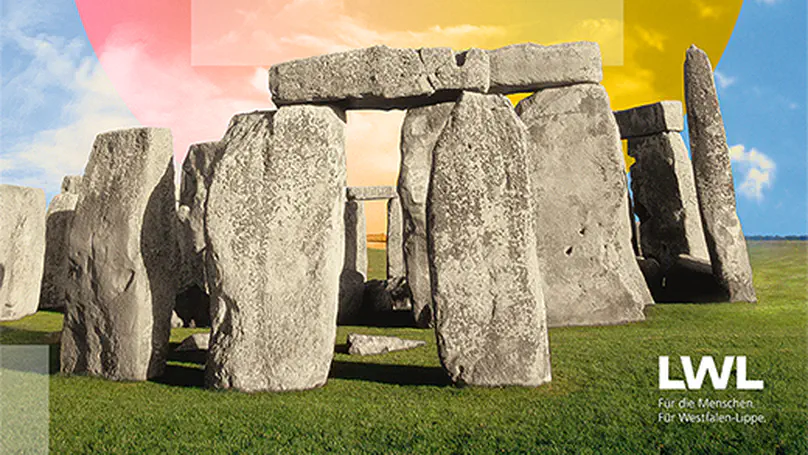
Stonehenge – Von Menschen und Landschaften Herne, Germany 2021 Due to the great success of the exhibition “Stonehenge – A Hidden Landscape” at Austria’s MAMUZ museum in Mistelbach in 2016 and 2017, Wolfgang Neubauer co-curated another exhibition on the research work of the “Stonehenge Hidden Landscapes Project” together with the Landesverband Westfalen-Lippe.

Schwarzenbach Keltenmuseum For more than 10 years, the University of Vienna has been conducting archaeological excavations in Schwarzenbach under the direction of Prof. Wolfgang Neubauer. In addition to the prehistoric fortification, several building structures of residential and farm buildings were investigated.

Stonehenge – A hidden landscape In 2016 the latest findings of the Stonehenge Hidden Landscape Project were brought to light at the MAMUZ in Mistelbach by the team of researchers from the Ludwig Boltzmann Institute for Archaeological Prospection and Virtual Archaeology (LBI ArchPro) and the University of Birmingham.
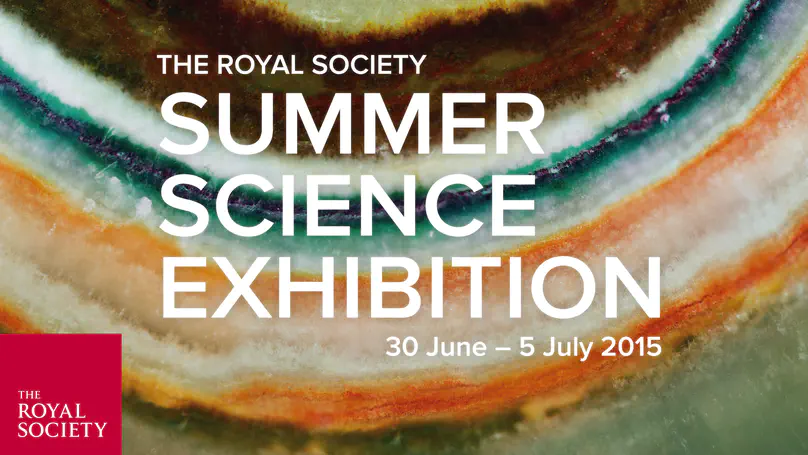
Royal Society Summer Science Exhibition London 2015 In Summer 2015, the LBI ArchPro was part of the UK’s most prestigious science exhibition. The institute was showcasing its ground-breaking work at Stonehenge in an exhibit set up in London together with project partner oft he „Stonehenge Hidden Landscapes“-project, the University of Birmingham.
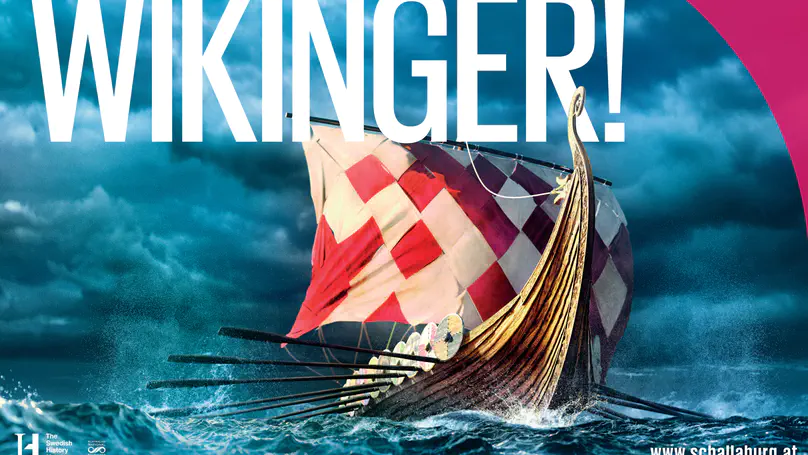
Wikinger! – Schallaburg The LBI ArchPro was an official cooperation-partner of the “VIKINGS!”-exhibition hosted by the Schallaburg castle in Austria in 2015. The institute contributed to the exhibition with a large-scale milled relief model of the Viking Age site Birka based on airborne laser scanning measurements.
Selected Videos
Press releases (selected)
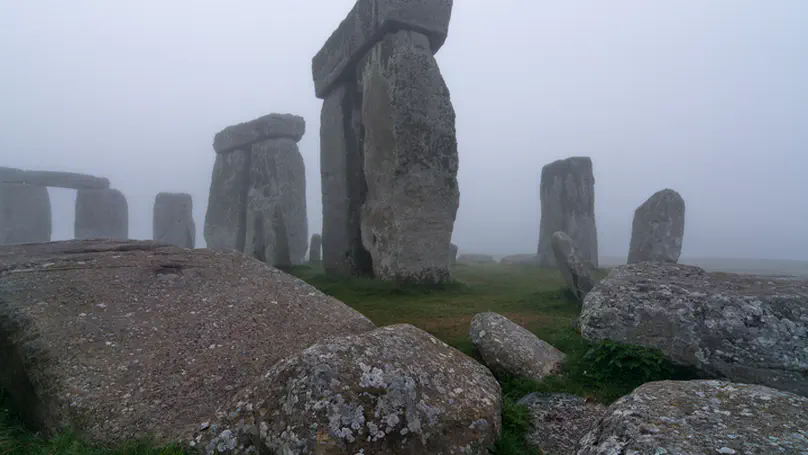
Although Stonehenge is the most iconic of all prehistoric monuments, studied by antiquarians and archaeologists over many centuries, much of this landscape effectively remains terra incognita. The Stonehenge Hidden Landscapes Project has changed this situation dramatically through one of the world’s largest-ever terrestrial geophysical projects.
Projects
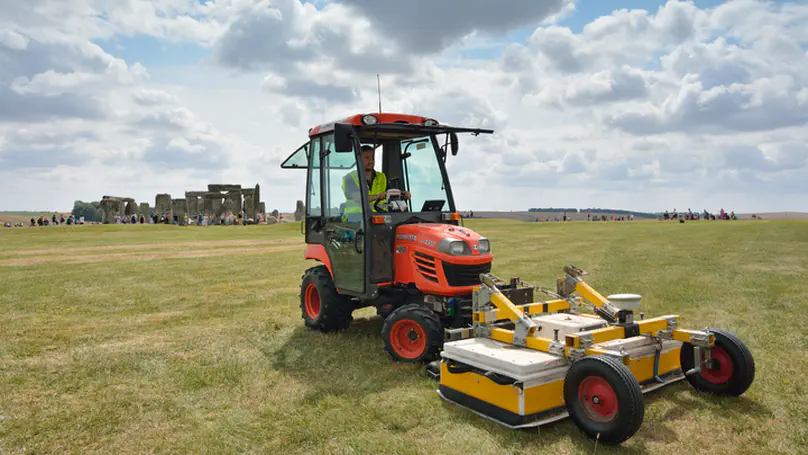
The Stonehenge Hidden Landscapes Project (SHLP) was an international collaboration between the University of Birmingham and the Ludwig Boltzmann Institute for Archaeological Prospection and Virtual Archaeology (LBI ArchPro) and led by Professor Wolfgang Neubauer and Professor Vincent Gaffney (University of Bradford). The project brought together experts in non-invasive geophysical prospection and remote sensing, and specialists in British prehistory and landscape archaeology to carry out one of the most sophisticated single archaeological projects in Europe.
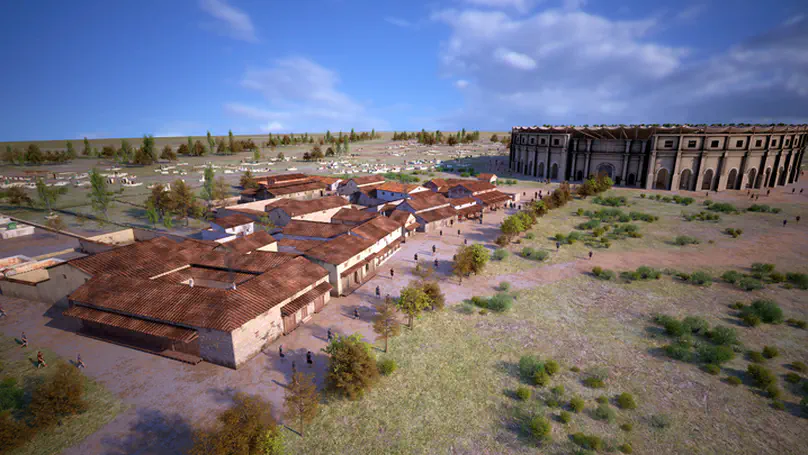
Carnuntum is among the largest archaeological landscape in Central Europe with the Roman town covering more than ten square kilometres of area in antiquity. Carnuntum had a prominent position along the Danube Limes. Between the 1st and 4th century AD Carnuntum grew into a city of about 50,000 inhabitants and became the capital of the Roman province of Pannonia Superior with a flourishing civilian city (municipium aelium karnuntum) outside the military quarters. Nowadays, almost the entire Roman town is still preserved under fields and vineyards some 40 km to the east of Austria’s capital Vienna.
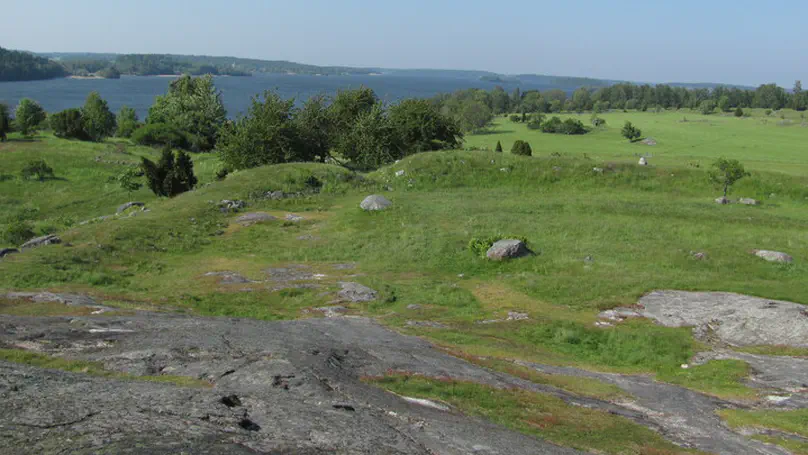
The Viking Age settlement and trading place Birka-Hovgården at Swedish Lake Mälaren was founded in the 8th century AD and is one of the best-preserved Scandinavian Viking Age settlements and burial places. On Björkö, Sweden’s largest assembly of Iron Age burial mounds is found in the grave field Hemlanden (‘Homeland’). The rulers of Birka are believed to have resided at Hovgården on nearby Adelsö.

The large-scale archaeological prospection Case Study ‘Vestfold’ conducted by the Ludwig Boltzmann Institute for Archaeological Prospection and Virtual Archaeology (LBI ArchPro) in collaboration with its partners Norwegian Institute for Cultural Heritage Research (NIKU) and Vestfold fylkeskommune (Vfk) focuses on several Iron Age and Viking Age monuments in the region south of Oslo.
Recent Publications
Contact
- wolfgang.neubauer@univie.ac.at
- +43 664 8174991
-
Franz-Klein-Gasse 1
1190 Vienna, Austria - Enter the main building and take the stairs to the top floor. It is the last office on the right side.
